Featured Photo Above:
Combined 1903 World Series Photo: Pittsburgh Pirates and Boston Pilgrims
(Color Restoration by Chris Whitehouse of Mancave Pictures)
Baseball History Comes Alive Now Ranked As a Top Five Website by Feedspot Among All Baseball History Websites and Blogs!
(Check out Feedspot's list of the Top 35 Baseball History websites and blogs)

Guest Submissions from Our Readers Always Welcome! Click for details
Subscribe to Baseball History Comes Alive for automatic updates (sign-up block found in right side-bar)
As a Free Bonus for subscribing, you’ll get instant access to my two Special Reports: Memorable World Series Moments and Gary’s Handy Dandy World Series Reference Guide!
Rex Barney Photo Gallery
Click on any image below to see photos in full size and to start Photo Gallery:
In today’s essay, Bill Schaefer shares with us interesting information about fireball pitcher Rex Barney, who, in his own words, fell short of reaching his full major league potential. But when you read his story, keep the wise old adage in mind: “When one door closes in life, oftentimes another one opens.” –GL
THE AMAZING STORY OF REX BARNEY
“I should have been up there with the greats. I should have gone right up the ladder, but too many rungs were missing.” -Rex Barney
Pitcher’s elbow, also known as medial epicondyle apophysate, is a common injury that occurs among young baseball players. It can be caused by overuse and repetitive motion. Pain and swelling explode inside the elbow. Range of motion and even the ability to throw a ball is often diminished. Plain and simple, pitching is an unnatural movement that puts unnatural stress on the elbow and shoulder joints. When I was an 11-year-old pitching against older kids, I had some success throwing a curveball. But snapping my wrist upon releasing the ball would twist my arm into a pretzel of pain for days! So throwing too hard and spinning the breaking ball at a tender age may eventually account for many disabling pitching injuries later on at the professional level. But what accounts for a successful major league pitcher losing control and never regaining his command? This is the story of one such pitcher who plunged into the abyss of terminal wildness.
Born in an elevator on the way up to the delivery room on December 19, 1924, Rex Edward Barney came into the world on a 20 degree below zero night in Omaha Nebraska. Rex was the youngest of four children of Marie and Edward Spencer Barney. He was a star basketball and baseball player at Creighton Prep, a Catholic school for boys in Omaha. Basketball was his best sport.
Eighteen-year-old Rex Barney signed with the Brooklyn Dodgers for a $2500 bonus in 1943. In his first start against the Chicago Cubs, he promptly plunked lead-off batter Eddie Stanky squarely in the middle of the back, serving as an unfortunate omen of things to come. Yes, the hard-throwing 6’ 3” 185-pounder was just a wee bit wild. But that was not unusual for one so young. Barney enlisted in the Army in September of that year. Two years later, he found himself the commander of a lead tank in the 6th Armored Division in Germany. He suffered shrapnel wounds and won two Purple Hearts and a Bronze Star. Back with Brooklyn in 1946, Rex was regarded as a serious fireballer but “pitched as though the plate was high and outside.”
Two mediocre seasons morphed into 1948, when he won 15 games and posted a nifty 3.10 ERA. He fanned 138 in 246 innings, and for the only time in his career, struck out more batters than he walked. The lean right-hander pitched a one-hitter against the Cubs in August with the only hit a dying quail off the bat of Ralph “Putsy” Caballero in the seventh inning. Barney then dominated the Giants at the Polo grounds with a dazzling no-hitter on a damp Thursday night, September 9. He even had to endure a one-hour rain delay. Home plate umpire Babe Pinelli was impressed:
“He’s the fastest thing in baseball today. I don’t care about Lemon or Feller. I’ve seen them. This kid is it. And no finer boy in baseball could have pitched it. He has a heart as big as a lion and a wonderful disposition.”
My dad and I, inveterate Giants fans, also thought Rex Barney had arrived. He was one of those exciting pitchers always capable of notching a no-hitter. However, Barney regressed the next year, and in 1950, he was walking nearly 13 batters per nine innings with a bloated 6.42 ERA. That was his final campaign in the major leagues.
The Dodgers optioned Rex to Fort Worth of the Texas League in 1951. In a game against Houston, Barney broke the league record for walks issued by a pitcher in a game. He surrendered 16 free passes in seven and two-third innings. In 1952, his pitching line for the American Association St. Paul Saints read: four games, three innings pitched, no wins, one loss, 14 walks, and 17 earned runs, with a catastrophic 51.00 ERA! Sadly, Rex Barney’s professional baseball career was over.
The 28-year-old Barney was despondent. He even thought of pulling the plug on his life. But then he remembered the words of legendary broadcaster Red Barber a decade earlier, “Son, you have a pleasing radio voice. You should consider broadcasting beyond your pitching career.” And so he did. From a 250-watt station in Vero Beach, Florida, Barney found his way to the Game-of-the-Day on Mutual Radio. He was then hired by WOR-TV to work with Al Helfer in1958, broadcasting National League games to New York. I remember hearing the name “Rex Barney” and was surprised to be listening to such a pro on the air!
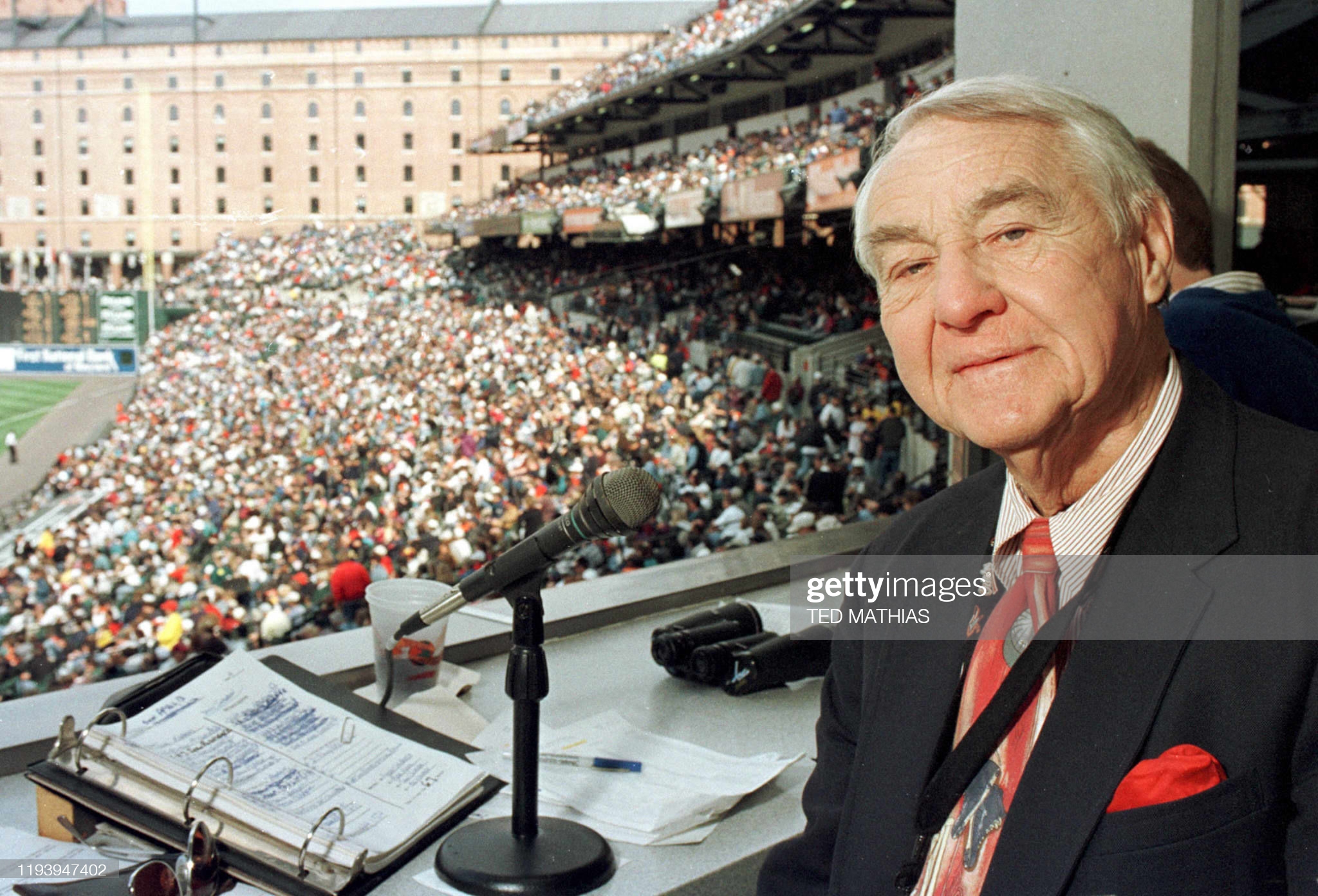
Life, like a baseball, takes funny bounces. The next broadcasting adventure for the former Dodger came with the help of Lee MacPhail, the Baltimore Orioles’ general manager. Lee had been an office boy during Rex’s early Brooklyn Dodger days. Barney began a gig as a sports talk show host in Baltimore in 1965 and became a celebrity in his new favorite city.
In the late ’60s, the ex-hurler began filling in for Bill Bolling, the public address announcer at Memorial Stadium. In the spring of ’73, he became the Orioles’ regular PA man, a job he held during the move to Camden Yards and until he passed away in August, 1997. His famous cry, “Give that fan a contract!” after a patron made a nice snag of a ball in the stands, became part of the Baltimore culture. “His voice was like a security blanket” said TV announcer and former Oriole 20-game winner, Mike Flannagan.
But why, after a fine, coming-into-his-own season in 1948, did Rex Barney begin to seriously wobble and finally lose all semblance of control? Barney and others believed that a broken ankle, suffered sliding into second base on the final day of the 1948 season, forced him to alter his pitching style:
“In 1949 I won nine ballgames but from then on I never had the same motion, never had it again. I never got into the same flow, and in baseball everything is rhythm.”
The fates allowed Rex to pitch in a Dodger uniform for only a short time. But he savored every minute he wore number 26. In the words of the amiable Nebraskan, “The Brooklyn Dodgers, Ebbets Field, and baseball was the greatest triple play God ever executed on this planet.”
Bill Schaefer
Sources:
Rex Barney page, Wikipedia.
Society for American Baseball Research (SABR) article on Rex Barney, by Don Harrison
Rex Barney page of Baseball-Reference.com
Brooklyn Dodger 1948 schedule almanac
Pitcher’s elbow information: Excerpts edited from Wikipedia.
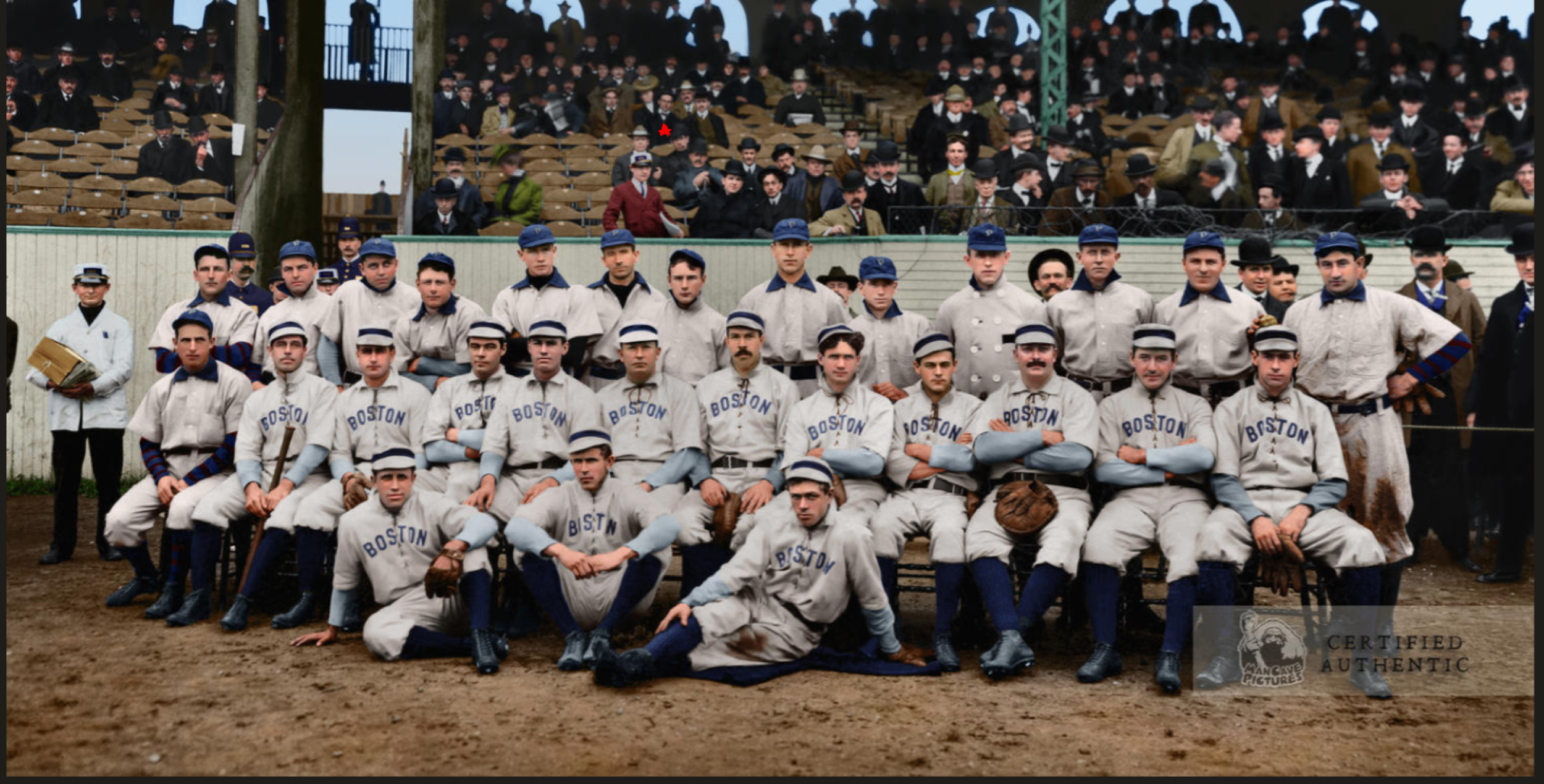
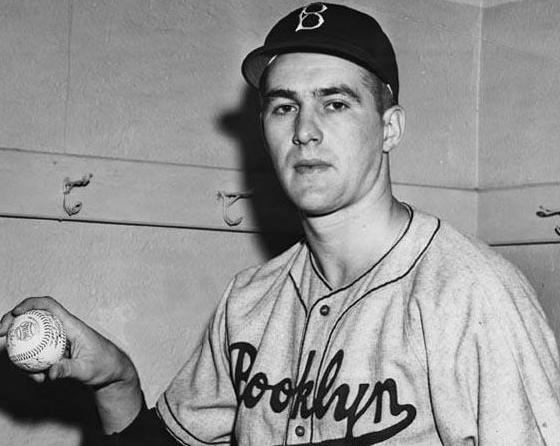
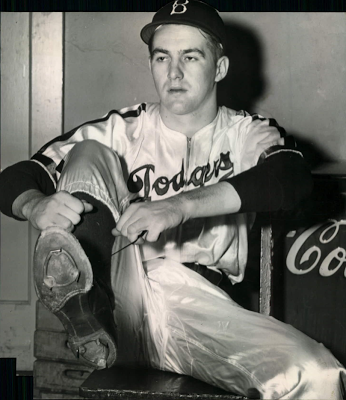

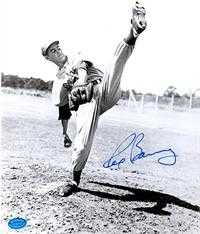
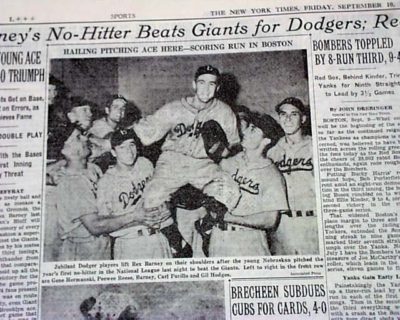
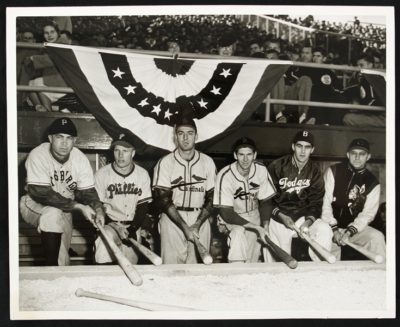
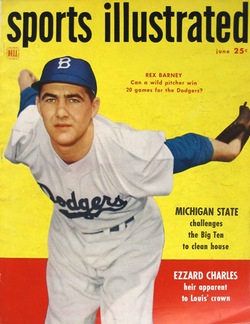
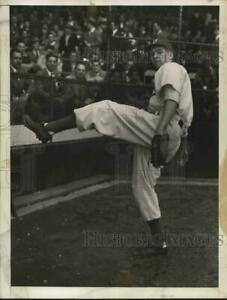
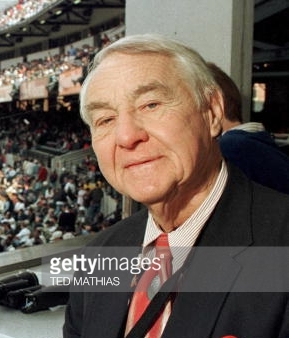
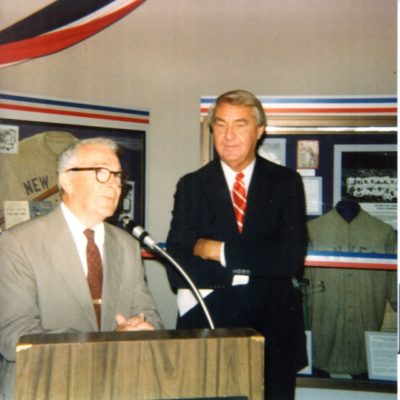
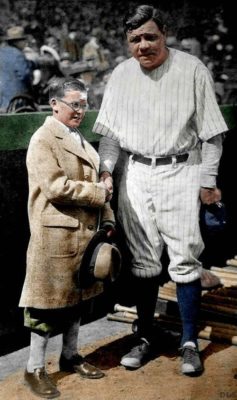
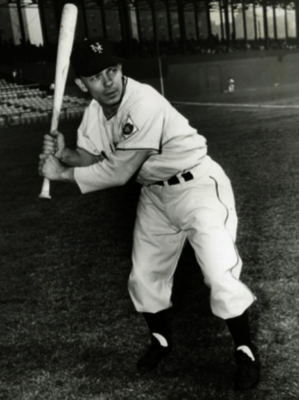
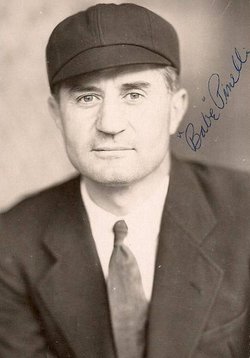
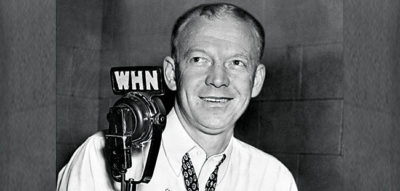
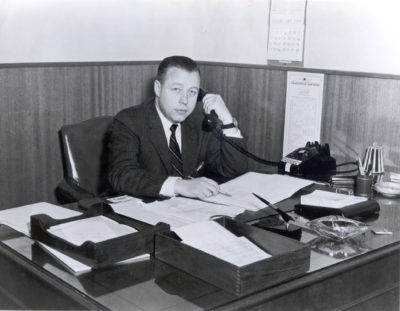

Nice piece on a guy I really didn’t know that much about, Bill. So many talented guys sabotaged by wildness, some while in the midst of successful careers, a la Steve Blass. Nice that Barney landed on his feet. He was obviously very disappointed in the track taken by his career. Really enjoyed.
Bill
When I read Bill’s account of Rex Barney losing his pitching motion after an injury to his foot, it reminded me immediately of Dizzy Dean, who was never the same after a ball hit him and broke his toe in an All-Star game.
I grew up attending Orioles games at Memorial Stadium, and hearing Rex Barney announce the lineups and the inning-by-inning introductions was part of being an Orioles fan! Barney had a great broadcasting voice, and I bet 95 percent of the fans in Camden Yards had no idea of the story behind Barney’s life in baseball. Thank you, Gary!
Bill,
So glad you enjoyed!
Barney was tough in ’48, alright. The average fastball then was said to be 86 MPH and he had to be at least 10 miles beyond that.
Yes,Steve Blass was a mystery. And there was another wild thing I may research, strange indeed.
Gary,
Love your pictures of Barney-young and mature. Good analogy with Dean, who also altered his motion after the broken toe.
Ted,
Thanks much for reading the piece. Great to hear a first hand account of how Rex captivated the crowd at Memorial Stadium. I heard him on WOR in NY, in 1958, and he sounded like a seasoned pro.
Thank you so much for another vintage portrait from Herr Wilhelm. It means more to this old Brooklyn supporter coming as it does from a (superannuated and) “inveterate” N.Y. Giants fan.
Wistful students of the could-have-beens can wear themselves silly trying to imagine how Barney’s pitching record may have been influenced by a mythical forerunner of Norm Sherry, working the bullpen for the Dodgers back in the ’40s. Who knows? By dropping the speed on his fastball from 96 down to 92 or 3, say, Barney might have anticipated an anonymous and future Brooklyn fireballer who was eventually able to master the art of control pitching by easing off a little but still blinding the batters. Or, maybe not.
I do know that if Dr. Schaefer continues his run of posts extolling the lives and careers of Brooklyn ballplayers, I’ll soon be obliged to contribute an homage to Larry Jansen, Sal Maglie, or Mandrake the Magician. Who knew!
Kindest regards,
Michael
How dare you refer to me as superannuated. I resemble that remark!
Nice to have you join us, as always, Michael. And thank you, I think.
Larry Jansen was one of my all time favorites. I look forward to your homage.
Best, The Other Bill
That’s right. Koufax became impossible to hit when he reduced the speed of his fastball. It had greater movement. The major league batter will hit most anything that’s straight.
Sir, one of the photos (first row, middle) is not Rex Barney. It is former Orioles announcer Chuck Thompson.
Regards,
Rich G.